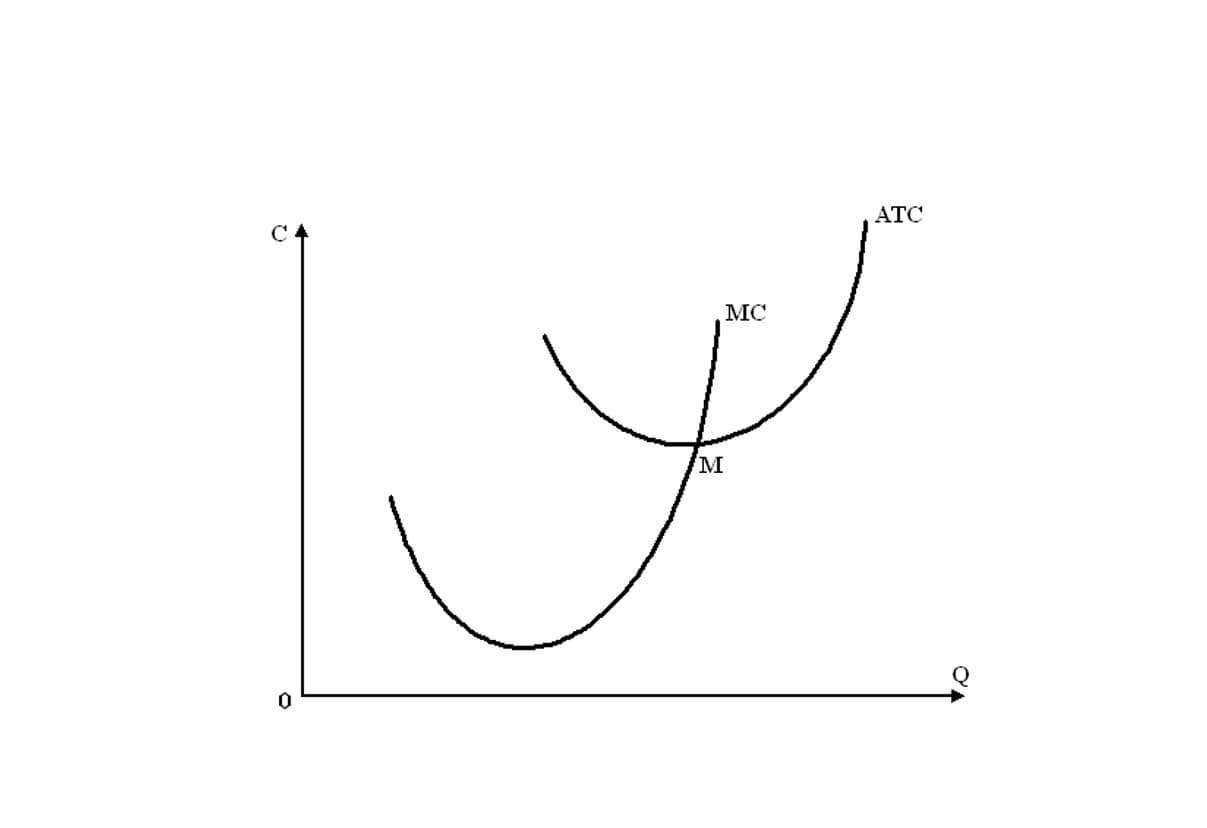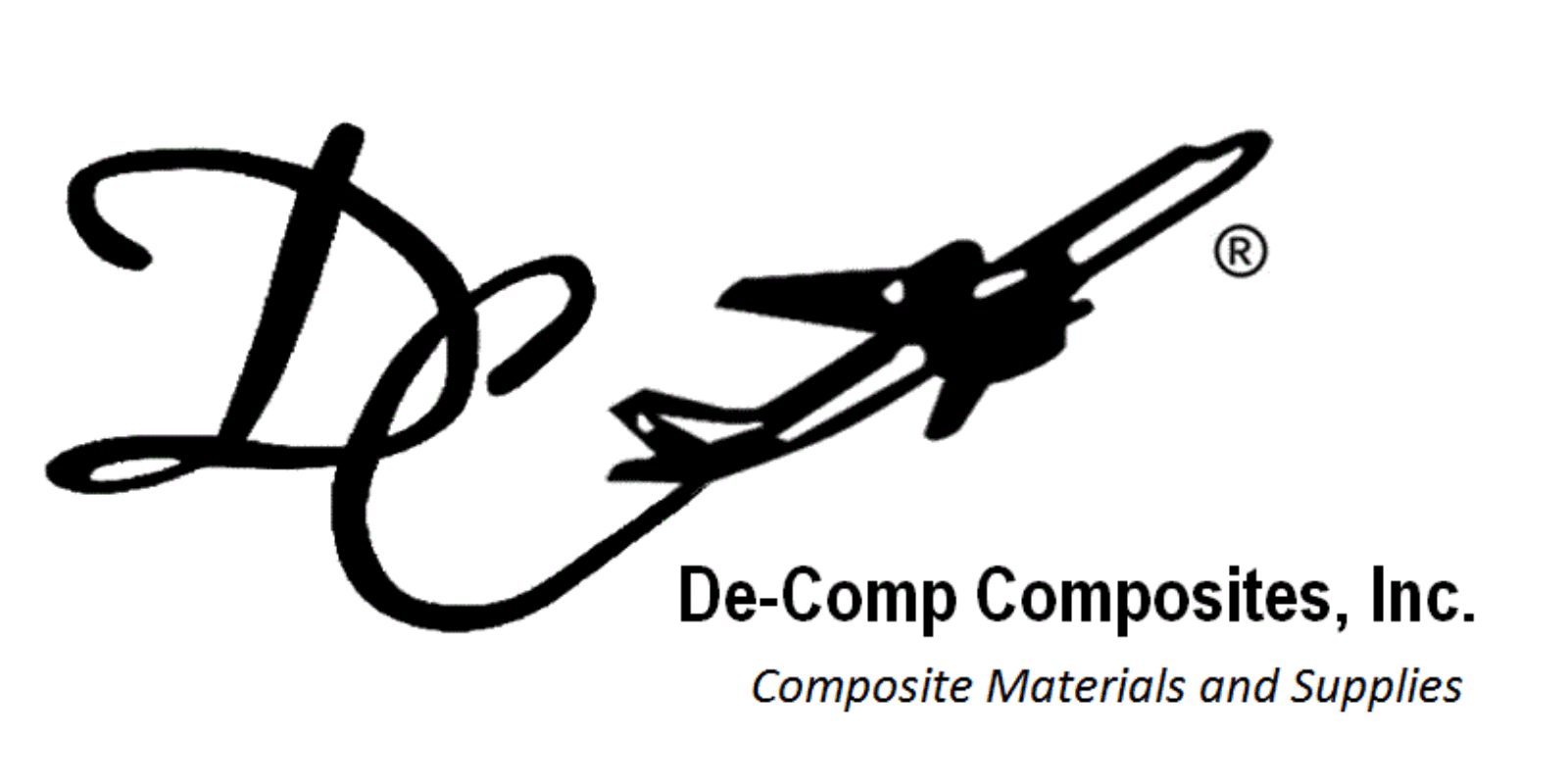
The NOL can be carried forward to future years and used to offset taxable income. Interest tax shield is the depreciation tax shield tax benefit that arises from being able to deduct interest expenses on debt from taxable income. This is because interest payments are considered a business expense, and are therefore deductible from taxable income.
Incorporating Tax Shield in Capital Budgeting Analysis
- It’s important to note that tax shields are subject to tax laws and regulations.
- In the U.S., the corporate tax rate has shifted over the years, with the Tax Cuts and Jobs Act of 2017 setting it at 21%.
- Additionally, governmental tax websites and reputable financial education resources offer guidance on tax planning and strategies.
- In summary, Tax Shield plays a vital role in capital budgeting projects by providing tax savings through deductions, credits, and other mechanisms.
- In capital budgeting, tax shields enhance cash flows, influencing the net present value (NPV) of potential projects.
- This, in turn, frees up more funds that can be allocated towards other productive endeavors.
- Maintaining detailed records is crucial to substantiate these deductions during audits.
Taxpayers can deduct donations made to qualified charitable organizations from their taxable income. A tax credit is a direct reduction in the amount of tax owed, rather than a reduction in taxable income. Tax credits are offered for a variety of Insurance Accounting purposes, such as investments in certain industries, research and development, and energy efficiency. For example, if a company has an annual depreciation of $2,000 and the rate of tax is set at 10%, the tax savings for the period is $200. Common expenses that are deductible include depreciation, amortization, mortgage payments, and interest expense.
What Is the Formula for Tax Shield?
It also provides incentives to those interested in purchasing a home by providing a specific tax benefit to the borrower. As for the taxes owed, we’ll multiply EBT by our 20% tax rate assumption, and net income is equal to EBT subtracted by the tax. For Scenario A, the depreciation expense is set to be zero, whereas the annual depreciation is assumed to be $2 million under Scenario B. D&A is embedded within a company’s cost of goods sold (COGS) and operating expenses, so the recommended source to find the total value is the cash flow statement (CFS). The recognition of depreciation causes a reduction to the pre-tax income (or earnings before taxes, “EBT”) for each period, thereby effectively creating a tax benefit. Beyond Depreciation Expense, any tax-deductible expense creates a tax shield.

Interest on Debt
If you’re aiming to work in Finance, it is essential to pin down this concept. In Case we don’t take the Depreciation into account, then the Total Tax to be paid by the company is 1381 Dollar.


This works in the opposite way to dividend payments, which are not tax-deductible. For example, if you have a tax rate of 24 percent and you have $2,000 QuickBooks in mortgage interest, you can determine that your tax shield would be $480. Understanding Capital Budgeting Projects is a crucial aspect of financial decision-making for businesses. In this section, we will delve into the intricacies of capital budgeting and explore its significance in evaluating investment opportunities. The ability to use a home mortgage as a tax shield is a major benefit for many middle-class people whose homes are major components of their net worth.
- Tax shields is a strategy used by companies to reduce their taxable income and therefore, lower their tax liability.
- The concept of depreciation tax shield deals with the process in which there is a reduction in the tax amount to be paid on the income earned from the business due to depreciation.
- This cap underscores the importance of carefully assessing debt strategies to optimize interest deductions.
- Through discounted cash flow analysis, the company calculates the project’s net present value and determines whether it is financially viable.
- Alternatively, you have the opportunity to move it forward to a future point in time.
- The FTE method also assumes that the interest rate on the debt is constant and that the tax rate is flat.

